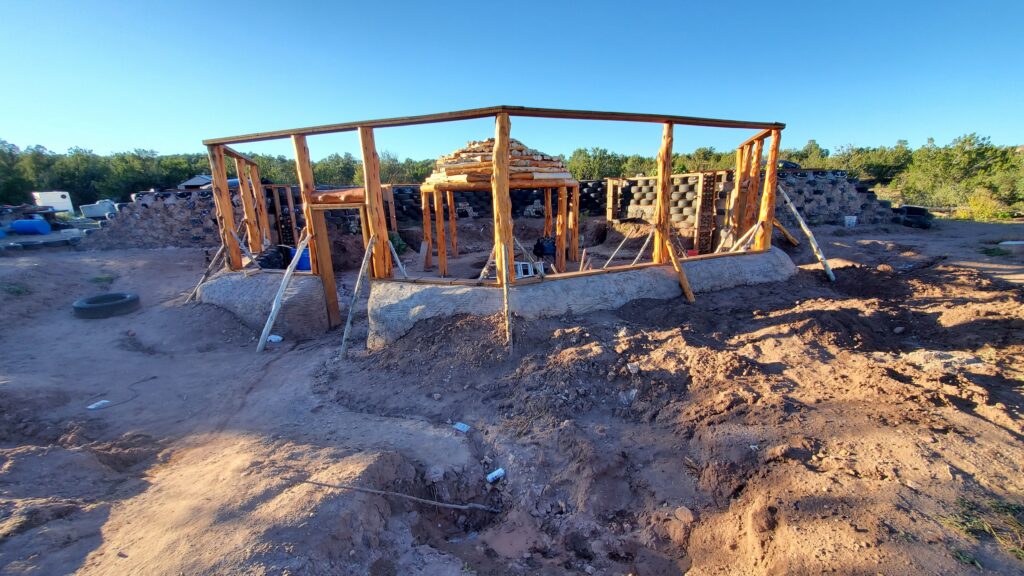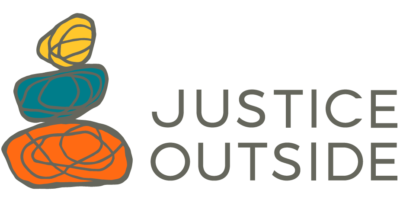The United Nations Climate Change Conference, also referred to as COP27, will take place this year in Egypt on November 6-18. This year, the focus of COP27 is to move from negotiations and planning to implementation. The three main objectives of the conference are mitigation, adaptation, and climate finance. Countries will have to show how they plan to reduce emissions, how they will adapt to climate consequences to keep people safe, and how resources and financial support will be distributed to countries suffering some of the worst climate consequences, but not receiving the resources they deserve from the global community. Black, Indigenous, and Communities of Color have been at the forefront of building solutions to face climate change and are already putting them into action. It is the government officials and leaders that need to follow their lead, not the other way around.
There are currently 30,000 people registered to attend COP27, including members of the public. Spaces like these need to have an intersectional approach because while we are all living on the same planet, climate change is disproportionately impacting communities most marginalized by capitalism and political disenfranchisement. It’s essential that the voices and solutions being created by Black, Indigenous, and Community Leaders of Color are center stage in the climate change conversation.
Justice Outside spoke with Kern Collymore of Sustainable Housing Initiative, one of our grantee partners working at the community level, who shared what the United Nations can learn from Indigenous community knowledge, waste management solutions, and taking an intersectional approach in the ongoing effort to mitigate climate change.
Will you share a little bit about your work for people who may not be familiar?
We work on land restoration, food sovereignty, water security, and sustainable housing in the Navajo Nation.
Right now, we’re building an Earthship, which is a style of housing that’s built with tires pounded with dirt, but we’re adding Navajo cultural aspects to it. For example, it’s going to be shaped like a Hogan.
Additionally, twice a year, we host workshops that last two to three weeks long where we teach local community members different styles of sustainable building from passive solar heating to catching and recycling rainwater.
Tell us about how you started this work, what were some of the goals and gaps in safe housing and waste management in your community that drove you to establish the Sustainable Housing Initiative?

My partner, Janene Yazzie, and I met as undergraduate students at Columbia University. She’s from the Navajo Nation and always had a goal of coming back home. While living and working in New York, we started looking at some of the things that Indigenous communities are dealing with in terms of lack of housing and childcare.
In 2011, we returned to the reservation and saw the difficulties and barriers there are to accessing sustainable housing. There were gaps in terms of the waiting periods people have to go through to get Navajo Nation housing and even if they want to build their own home. That’s when we decided to shift our focus to adjusting policy and activism around land and environmental justice.
When it comes to waste management, what’s really cool about the Earthship houses is how they utilize reclaimed materials. We used 500 tires that were found within a 10-mile radius of the project site. We used glass bottles for walls and aluminum cans for reinforcing the foundation, all these materials that are readily available. It was a great way of managing some of the waste that was already out there.
We know Indigenous communities have had the tools and knowledge to use and manage land sustainably since time immemorial. Tell us about why and how international bodies like the United Nations must center the knowledge of organizations like yours in fighting climate change, pollution, and more?
It’s really important because Indigenous communities are on the frontlines of climate change. Indigenous communities have been addressing these solutions for a long time, so when it comes to creating the solutions at an international level, it’s imperative that they’re at the frontlines of these conversations. More and more we are seeing the impacts of climate change. It’s not like a theory somewhere where people are thinking about what it would look like. These are very real impacts and effects that we’re seeing here at home on the ground that could really be well translated into international and large-scale solutions.
It’s crucial for international bodies to recognize and empower our local communities. However, recognizing them is not enough, they need to provide them with funding and resources to continue and strengthen their work. Without action, the recognition is just a talking point.
Environmental degradation impacts communities around the world. A big contributor is a capitalist, consumerism-focused system that centers the individual needs of consumers over collective needs of communities and the earth. How can we each take action to shift the focus to community well-being and sustainability?
The majority of climate change and pollution is coming from huge corporations, primarily the U.S. military, but also a lot of big coal and big oil companies are the main contributors. And when I say main, I mean over 80% of all contributions. But in terms of individual action, one of the keys is community. We need to work with the people on the ground to build these solutions. When I think about these solutions, they usually seem to revolve around land and water. In order for us to have healthy communities, we need to have access to healthy foods.
No matter where we are located, some actions we can all take for the well-being of our communities are reengaging with our local food systems and land restoration. I was in New York City, not too long ago, and I was so impressed with how many community gardens I saw. As small as they were, they’re impactful for the community there.
Despite the universality of some of the issues we face—such as environmental degradation, climate change, and lack of safe housing—the solutions to these issues must be local. How and why do you center the local community and environment in your work? What have you learned from your community that has guided your work?

It’s immensely important for us that we’re guided by the community because it’s our belief that the community has the answers to the problems that we’re facing. As a lover of history, I’ve been able to look back on some of the old documents of colonizers coming to the southwest and their experience with engaging with the Navajo tribes or other Indigenous tribes, and one of the things I always find striking is that there is no mention of poverty or people starving or homelessness. These are situations that have been introduced to our communities.
There are people in our communities that are honoring the ways our communities existed before colonization. The most important thing for us is that we’re not coming in to reinvent the wheel. We’re listening to those who are doing the work and asking ourselves how we can support and uplift that work so that others can see that there are viable solutions in communities being done. Our work has been guided by our community, by listening and understanding the value of community knowledge.
To support Kern and his team’s important work, share this article; follow them on Facebook.

